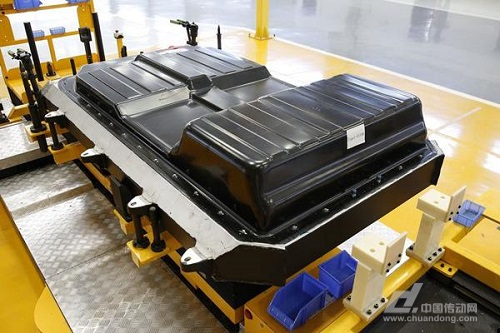
Bill Gates once famously said, “Microsoft is only 18 months away from bankruptcy.†This statement reflects a deep understanding of the challenges brought by rapid technological change. In such an environment, the ability to anticipate and adapt to market shifts is crucial for long-term survival and success. It tests not just the current position of a company, but also its strategic vision and capacity to respond to future disruptions.
In China’s power battery industry, Ningde Time (CATL) has risen rapidly, overtaking BYD in market share. This success can be traced back to the founder Zeng Yiqun’s strong sense of crisis. In an internal letter published in April this year, he warned, “While we lie on the warm bed of policy, our competitors are facing death and desperation.†This awareness has driven CATL to continuously innovate and stay ahead in the lithium battery sector.
By 2016, CATL had already become the second-largest domestic battery supplier with a 22% market share. In the first quarter of this year, it overtook BYD in shipments, and by the third quarter, its market share reached 25.79%, solidifying its leading position. The company’s aggressive expansion and focus on R&D have allowed it to outpace many competitors in the fast-evolving market.
In March 2017, Hon Hai Group’s subsidiary Futaihua acquired a 1.19% stake in CATL for 1 billion yuan, valuing the company at over 84 billion yuan. Later that year, traditional automakers like Changan and Dongfeng also invested in CATL. In June, the company announced plans to go public, signaling its readiness to expand further. Once listed, CATL is expected to challenge BYD directly in terms of market value.
Unlike BYD, which focuses on both electric vehicles and batteries, CATL concentrates solely on power batteries. This focused strategy allows it to allocate resources more efficiently, enhancing its competitive edge. As a result, CATL has gained a stronger foothold in the market, particularly as the industry moves toward more performance-driven competition rather than price-based strategies.
While 2016 was undeniably the year of BYD in the new energy sector, the situation changed in 2017. BYD’s battery business declined sharply, and despite efforts to open up external supply, it struggled to regain its former dominance. One key reason was that BYD’s batteries were not available to other carmakers, limiting its reach and market potential.
Moreover, BYD missed several critical opportunities. First, it failed to capitalize on the shift from a policy-driven to a market-driven battery industry. As demand shifted toward high-performance batteries, companies with strong production capabilities became the preferred partners. BYD’s lack of external supply limited its access to major automakers.
Second, it missed the golden period for market consolidation. Although BYD started exporting batteries, its limited production capacity constrained its growth. Additionally, the diversity of battery types and the long verification cycles for OEMs made it difficult for BYD to quickly scale up its external sales.
Third, BYD lagged in adjusting its technical route. While lithium iron phosphate batteries dominated in 2016, the industry gradually shifted toward ternary batteries. Although BYD has since adapted, the transition required time and investment, putting it at a disadvantage compared to faster-moving competitors.
Despite these setbacks, BYD still holds strong advantages. Its battery technology remains among the best in China, and there is growing demand for high-end battery solutions. Additionally, its automotive business provides a stable foundation, much like how Tesla and Panasonic benefit from integrated operations. With proper adjustments, BYD could still play a major role in the evolving power battery landscape.
According to industry experts, the power battery market is set for significant consolidation by 2020, with only 10–20 major players expected to survive. Companies must enhance their response capabilities, product quality, financial strength, R&D, and supply chain efficiency to thrive. As Fang Jianhua from the National Science and Technology Achievements Transformation Fund noted, the next few years will test the resilience of all market participants.
It’s clear that no company, regardless of size or reputation, can afford to be complacent. Whether it’s CATL or BYD, the ability to foresee changes and act swiftly will determine who leads the next phase of the industry. In a world where disruption is constant, staying ahead means never letting your guard down.
Window Optical Lenses,Optical Lenses,Window Optical Lens,Calcium Fluoride Glass Window
Danyang Horse Optical Co., Ltd , https://www.dyhorseoptical.com